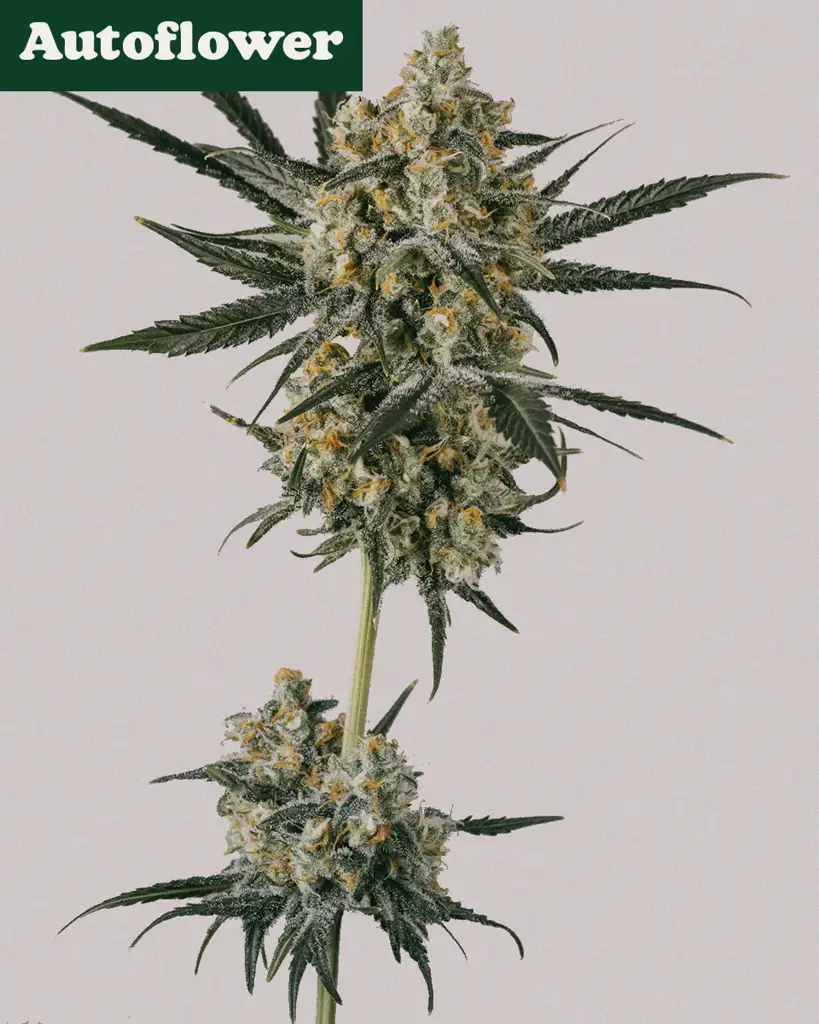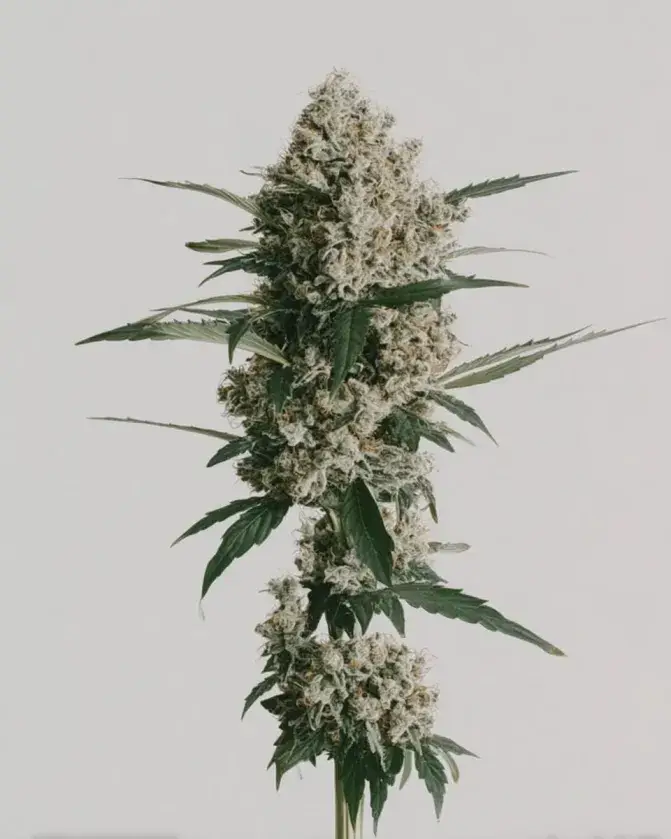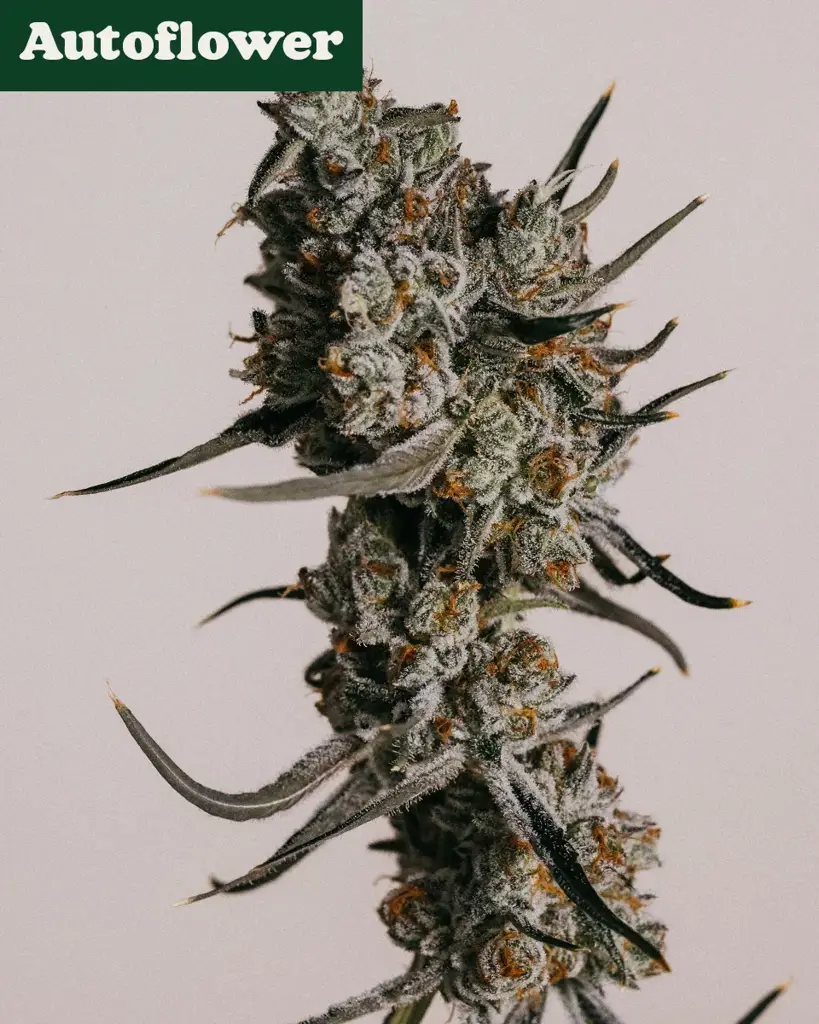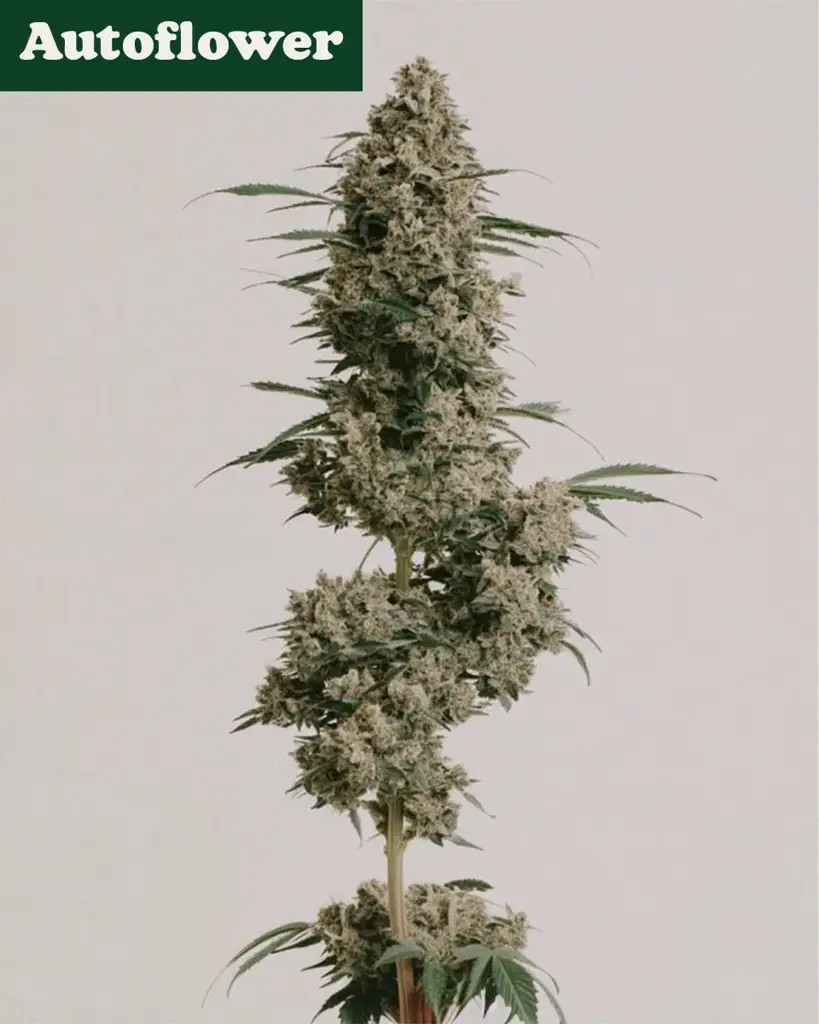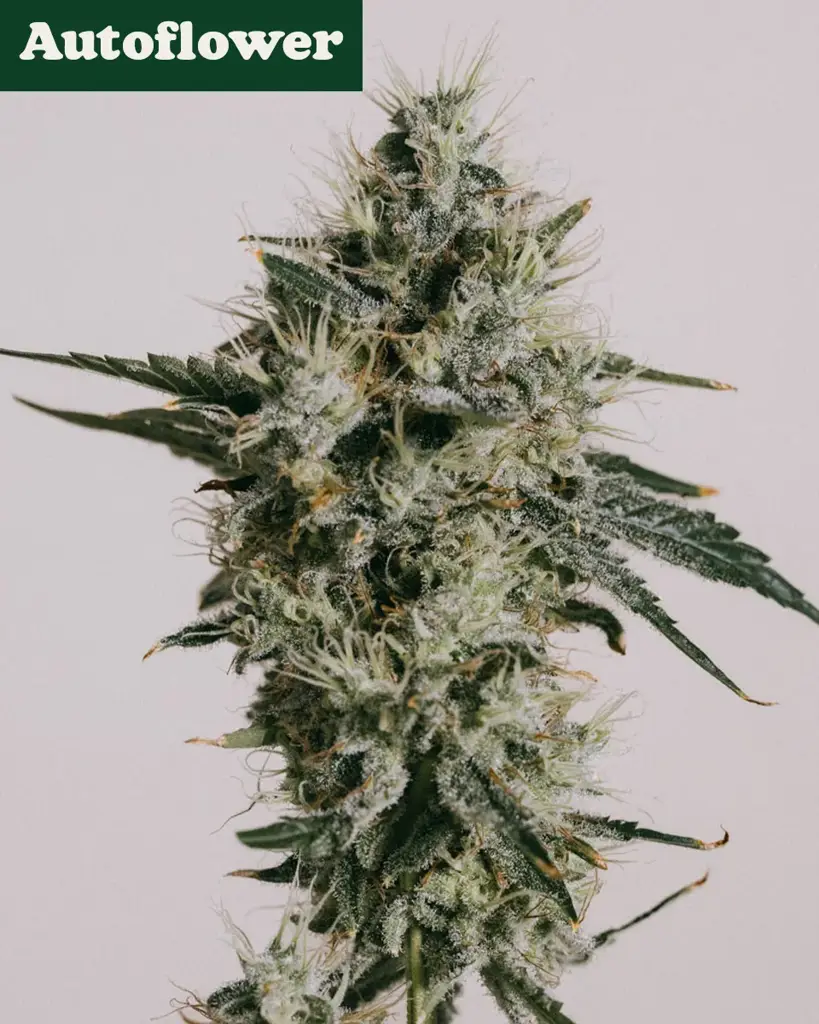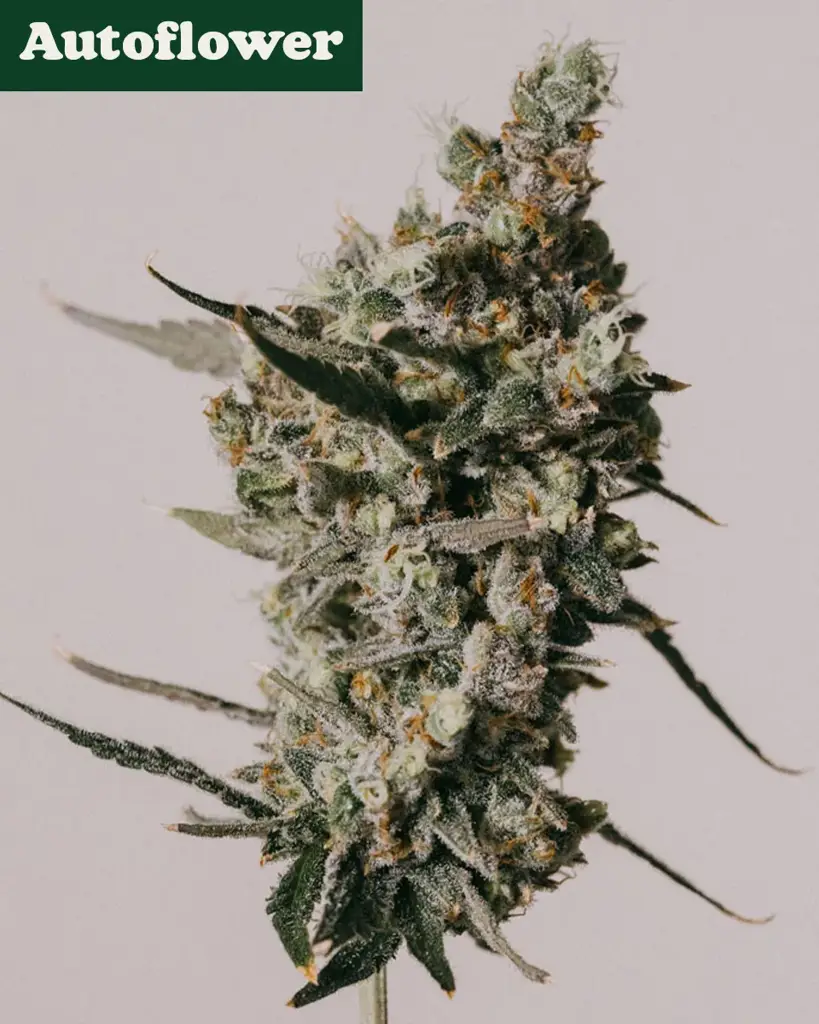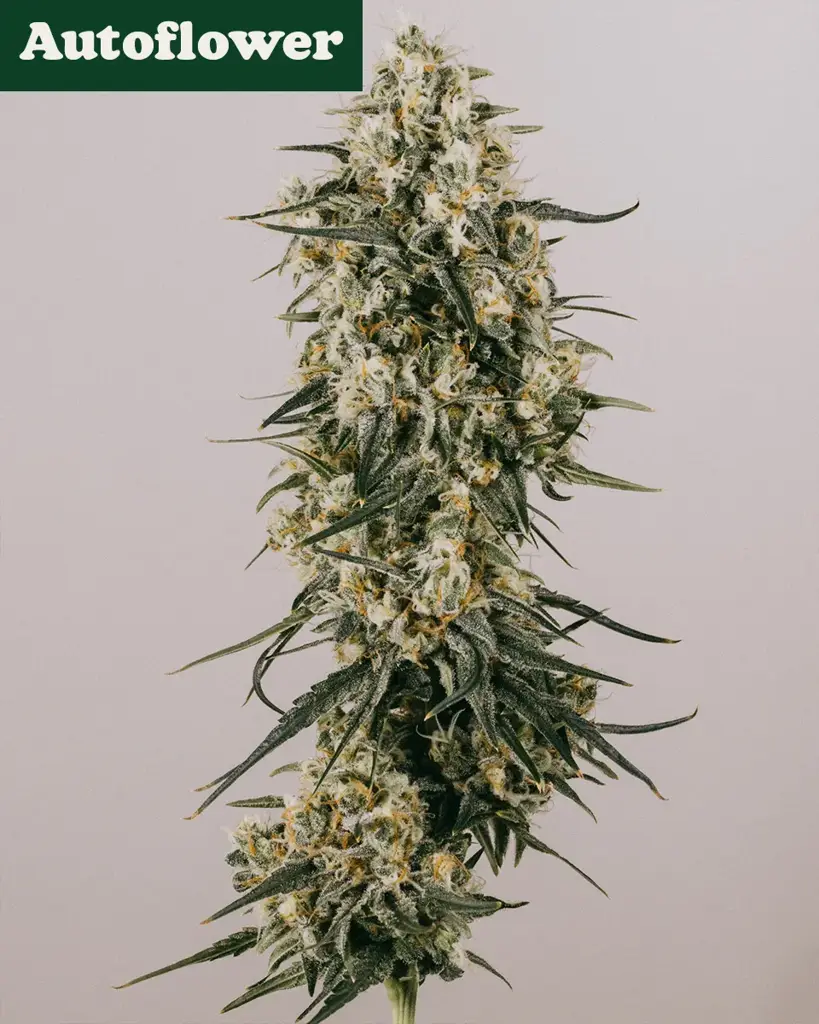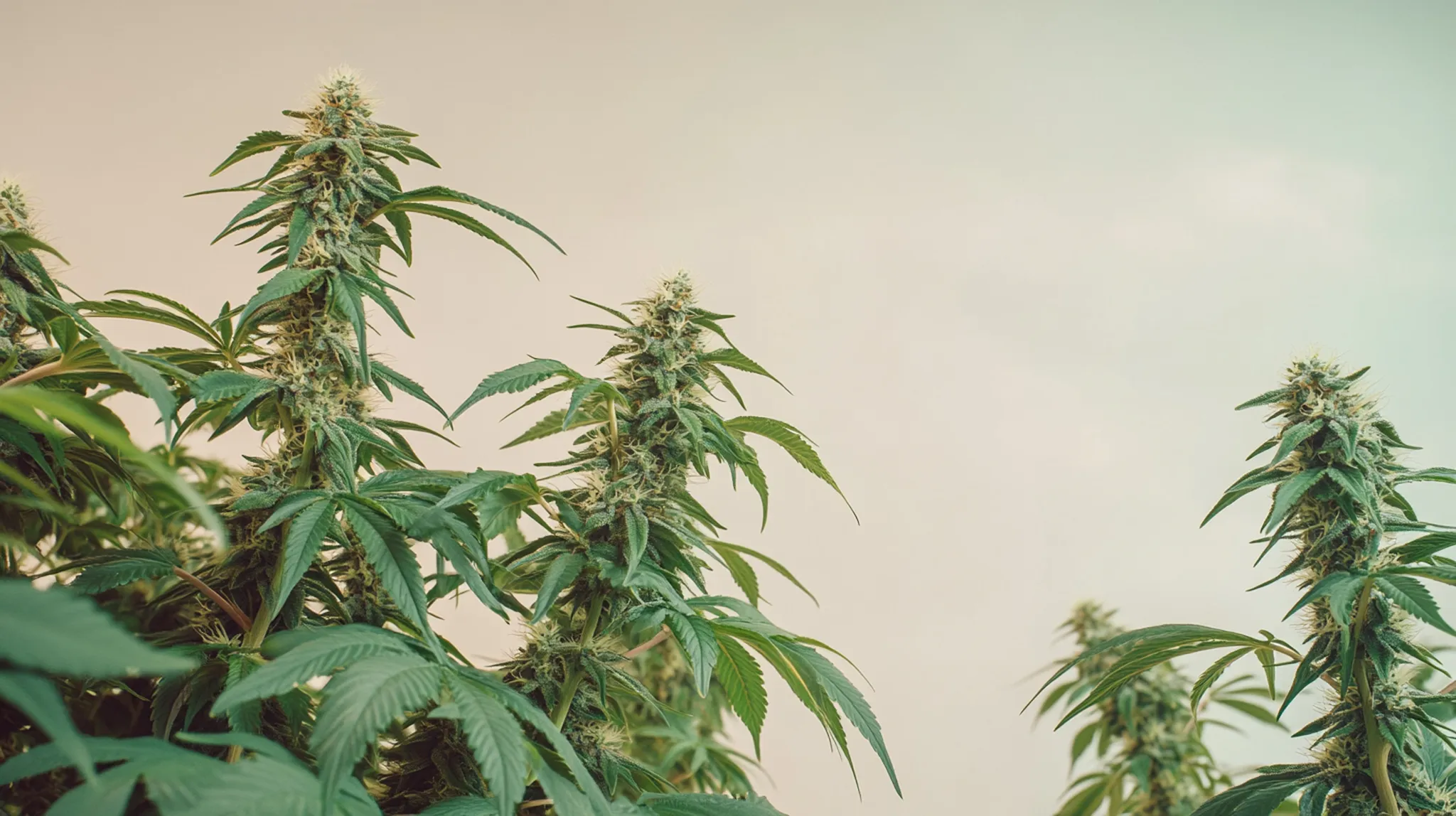
How to Build Your Own Cannabis Grow Room
If you’re dreaming of growing your own cannabis at home, there’s nothing quite like the satisfaction of a DIY grow room. This guide will help you understand everything about cannabis grow room setup and provide insights into various grow room ideas.
Table of contents
Creating your own space tailored for cannabis cultivation not only gives you control over every detail but also saves you from relying on access to store-bought setups or grow tents. Whether you're considering setting up a grow room for a small grow or looking for grow room setup ideas for a larger space, this guide will provide all the essential steps.
This guide will take you step-by-step through everything you need to know about building your own cannabis grow room—from selecting the ideal location to setting up ventilation and lighting. Let’s jump in and build the perfect grow room for your green friends!
What Is the Ideal Grow Room? / Best Place in Your Home to Build a Grow Room
Building the ideal cannabis grow room starts with choosing the right location in your home. If you're wondering how to build an indoor grow room, it all begins with selecting a location that offers the right conditions. Ideally, you’ll want a space that can be adapted to create optimal environmental conditions for growing cannabis. Whether it’s a basement, an attic, or even an unused bedroom, the key factors to consider are temperature, humidity, cleanliness, and grow surface area. Let’s break down these requirements:
Environmental Conditions
Cannabis plants thrive in stable conditions, so it’s crucial to select a room that you can easily regulate for temperature and humidity. Rooms located in the center of your house are often best, as they tend to stay at a more consistent temperature throughout the year. Avoid spaces with southwest-facing exterior walls, as these tend to get hotter and can make temperature control a challenge. Basements and garages are often great options since they maintain cooler temperatures, but they may require additional insulation.
The temperature should ideally stay between 75-80°F (23-26°C) during the vegetative and flowering stage. Consistent temperatures ensure that plants don’t experience unnecessary stress, which can slow growth and reduce yields. Humidity control is also vital. During the vegetative stage, aim for 50-60% humidity, and during flowering, reduce it to around 45-55% to prevent bud rot and powdery mildew.
Cleanliness
 A good grow room needs to be easy to keep clean. Cannabis plants can be prone to pests, mold, and bacteria, so selecting a space with cleanable surfaces is essential. Rooms with concrete or tiled floors are ideal, as they’re easier to keep tidy compared to rooms with carpet, which can harbor pests and mold. Before starting, thoroughly clean the space and make sure it is free of dust, debris, or any other potential contaminants.
A good grow room needs to be easy to keep clean. Cannabis plants can be prone to pests, mold, and bacteria, so selecting a space with cleanable surfaces is essential. Rooms with concrete or tiled floors are ideal, as they’re easier to keep tidy compared to rooms with carpet, which can harbor pests and mold. Before starting, thoroughly clean the space and make sure it is free of dust, debris, or any other potential contaminants.
To maintain cleanliness throughout the grow, implement a regular cleaning schedule. Wipe down surfaces, remove dead leaves, and keep the floor dry to prevent problems. Use drip trays under your containers (pots) to collect runoff and make cleaning easier.
Grow Surface Area
The space you choose should be large enough to fit the number of plants you want to grow, with a little room to spare. Make sure there’s enough room to move around and tend to your plants. Also, think about vertical space—your plants will need room to grow upwards as well!
If you’re limited in space, consider using shelving for smaller plants or seedlings. Vertical gardening can be an efficient way to maximize space, especially if you’re working in a compact area.
It’s helpful to draw a diagram of your grow room before setting it up. This can help you visualize where each component will be, including plants, lights, ventilation, and access paths. Planning your layout can help you avoid potential pitfalls, such as insufficient space for airflow or light coverage. These grow room setup ideas will help you come up with the right indoor grow room design for your specific situation and needs.
How Many Cannabis Plants Can You Grow Per Square Foot?
The number of cannabis plants you can grow per square foot depends on the growing method, plant size, and strain. Typically, you can grow between three to four plants per square foot using methods like the Sea of Green (SOG). Larger plants with longer vegetative stages may require more space, limiting the number to around two or three per square foot to ensure they have enough room to thrive.
Our Bestsellers
Other Things to Plan for When Designing Your Cannabis Grow Room
When designing your cannabis grow room, there are several other factors to keep in mind beyond just selecting the location. It’s hard to think of everything; how can you know what you don’t know? No worries, let our experience guide you. Here are the most important things to know:
The Amount of Light You’ll Need

Light is crucial for healthy cannabis growth. That’s why you should make this a priority when considering how to design and build your grow room.
Consider how many plants you’re growing and ensure you have enough light coverage for each plant. LED lights are a popular choice because they’re energy-efficient and produce less heat, making temperature control easier. You’ll need approximately 30-50 watts per square foot of grow space, depending on the type of light you choose and the growth stage of your plants.
During the vegetative stage, cannabis plants prefer more blue light, while the flowering stage can benefit from more red light. Most LED grow lights are white light, which is considered full spectrum. Old lighting technology, such as Metal Halide (MH) lights, had increased blues for veg and the High Pressure Sodium (HPS) bulbs had more of a red spectrum, ideal for flowering.
When setting up your lights, aim for about 600 watts for a 4x4 grow area if using HID lights (MH or HPS) or LED lighting. Proper light distribution is key in larger rooms—ensure the lights are evenly spaced and adjustable so you can maintain the ideal distance from the canopy throughout their growth cycle. Remember that HID and LED lights output heat differently, which will affect your ventilation setup.
Light Proofing Your Cannabis Grow Room
Lightproofing is an essential aspect of building an effective grow room. Make sure that no light enters the grow space during the dark period of the plant's growth cycle. Even a small amount of light leakage can stress the plants and potentially cause hermaphroditism. Use blackout curtains, light-proof tape (HVAC tape), and make sure all windows and gaps are sealed properly to maintain a controllable light environment.
The Amount of Ventilation You’ll Need
Proper ventilation keeps fresh air circulating through the grow room and prevents mold or mildew from forming. Setting up grow room ventilation correctly is critical for success in any grow room setup. Make sure you plan for intake and exhaust fans, as well as oscillating fans, to move air within the room. Cannabis plants need a consistent supply of fresh air rich in CO2.
To calculate the ventilation needs, determine the cubic footage (or square meters) of your grow space (length x width x height). Choose an exhaust fan with a CFM (cubic feet per minute) rating that can exchange the air in your grow room every 1-3 minutes. For example, if your grow room is 10’ x 10’ x 8’, the volume is 800 cubic feet, so you’ll need a fan rated for at least 500-800 CFM.
Consider installing a carbon filter with your exhaust system to reduce odors. This is especially important if you’re growing in a residential area and want to keep your cultivation discreet.
Safety
Cannabis grow rooms need to be set up safely, especially when it comes to electricity. Whether you're creating a small grow room setup or working on a larger project, safety is always key. Make sure your equipment is properly installed to avoid fire hazards and add smoke detectors for increased safety. Electrical work should be handled by a professional—don’t take shortcuts when it comes to wiring and power needs.
Use power strips with surge protectors to prevent electrical overloads, and make sure that your grow lights, fans, and other equipment are all plugged into grounded outlets. Avoid running too many devices on the same circuit, as this could increase the risk of an electrical fire.
To further enhance safety, keep all power strips and electrical connections elevated off the ground to avoid water contact. Secure loose cables with tape or zip ties to prevent tripping hazards, and keep a fire extinguisher at the entrance of your grow room.
Odor Control

Cannabis plants have a strong odor (and we love it), especially during the flowering stage. While a carbon filter connected to your exhaust system can help significantly reduce smells, you might also consider using odor-absorbing gels or placing an air purifier in the room. Proper odor control will help keep your grow room discreet and prevent unwanted attention.
Sealing your grow room completely will not only help with odor control but it will also make it easier to maintain consistent environmental conditions. A properly sealed grow room can take advantage of added CO2. Ensure there are no gaps where air can escape, and use light-proof tape to seal any holes or cracks.
Indoor Grow?
Equipment and Materials Needed for Indoor Grow Room Setup

To build your grow room, you’ll need some basic materials and tools. When considering how to set up a grow room, having the right tools is essential for a successful cannabis grow room setup. Here’s a list of the key items you’ll need:
White paint or Mylar sheets for wall reflectivity
Floor coverings like tarps or linoleum to protect the floor
Blackout curtains for windows to keep light from escaping
LED grow lights for optimal light output
Exhaust and intake fans for ventilation
Carbon filter to control odor
Circulating fans to maintain airflow
Thermometer and hygrometer to monitor temperature and humidity
Timers for lighting schedules
Dehumidifier or humidifier to control humidity levels
Heater or air conditioner to maintain temperature
When purchasing equipment, consider your budget and the specific needs of your grow space. For example, if you’re growing in a basement that tends to be humid, a dehumidifier will be essential. If you’re growing in a cold climate, a heater may be necessary to maintain the ideal temperature.
How Much Does It Cost to Build a Grow Room?
The cost of building a grow room can vary widely depending on the size, equipment, and quality of materials used. A small grow room setup may cost around $500 to $1,000, while larger and more advanced setups can go beyond $5,000. Budgeting for essentials like lighting, ventilation, and climate control will ensure you create a successful grow space without overspending.
How Much Does It Cost to Build a Grow Room?
Step 1: Wall Preparation
The first step is to prepare the walls. You’ll want to make sure they reflect as much light as possible to improve efficiency. You can either paint the walls flat white or cover them with Mylar sheets or panda film. Flat white paint is a cost-effective option, and it’s easy to apply with just a roller and some painter’s tape. Mylar is highly reflective but can be a bit more challenging to install.
Flat white paint also has the advantage of being antifungal, which helps prevent mold growth. If you choose to use Mylar, make sure it’s securely attached to avoid any gaps that could trap condensation and lead to mold.
Step 2: Window(s)
If your chosen room has windows, you’ll need to block them out to prevent light from escaping. Blackout curtains are perfect for this job. Attach them using Velcro so that they’re easy to remove and replace as needed. To make things less conspicuous to outsiders, you can use decorative curtains over the blackout curtains. Don’t be that sketchy house in the neighborhood with the obviously blacked-out windows.
Light leaks can be a major issue in cannabis cultivation, as they can disrupt your plants’ light cycle and lead to problems like hermaphroditism. Double-check all windows and any other potential light sources to ensure your grow room remains completely dark during the dark period of the light cycle.
Step 3: Hang the Light(s)

Next, hang your grow lights. Using a stud finder, locate ceiling joists that will support the weight of the lights. Mark the positions, drill pilot holes, and screw in eye bolts or J-bolts. Attach the lights to these bolts using chains or yo-yo hangers, which will allow you to adjust the height of the lights as your plants grow.
When hanging your lights, ensure they are evenly spaced to provide uniform light coverage across the entire grow area. During the seedling stage, lights should be hung higher to prevent light stress, but during flowering, they should be closer to maximize light intensity.
Step 4: Adding Ventilation to Your Grow Room
Ventilation is critical for cannabis growth, as it helps regulate temperature and humidity while keeping fresh CO2 available for your plants. To install ventilation, cut a hole in the ceiling or wall for the exhaust fan to vent air outside or into the attic if it is not possible to exhaust from a window or other port. Attach ducting to the fan and use clamps to secure it in place. You’ll also need an intake fan to bring fresh air into the grow room in larger spaces.
Position the intake fan near the floor, as cooler air tends to be closer to the ground. The exhaust fan should be positioned higher as hot air rises. This setup will help create a natural airflow pattern that promotes efficient temperature and humidity control.
Consider installing a carbon filter with your exhaust system to reduce odors. Use insulated ducting to minimize noise and prevent heat loss or gain. If possible, use a silencer on your exhaust fan to further reduce noise, especially if you’re concerned about keeping your grow operation discreet.
Step 5: Room Circulation

Proper air movement is part of preventing mold and strengthening plant stems. Place oscillating fans around the grow room to keep the air moving. Ideally, you should have at least one fan blowing above the canopy and one below. This will help reduce microclimates and ensure even airflow throughout the space.
Air circulation helps your plants develop stronger stems, which are better able to support the weight of heavy buds during the flowering stage. Make sure that the fans are not directly blowing on the plants, as this can cause windburn. Instead, aim for gentle, indirect airflow that keeps the leaves slightly rustling.
Step 6: Climate Control
The final step is to set up climate control. Depending on the size of your grow room and your local climate, you may need a dehumidifier, humidifier, heater, or air conditioner. These devices will help you maintain the ideal conditions for cannabis growth—around 75-80°F (23-26°C) with humidity between 50-60% during the vegetative stage and lower during flowering.
Place your climate control devices strategically in the room to ensure an even distribution of temperature and humidity. For example, place a dehumidifier in a corner where humidity tends to accumulate and position an air conditioner near the intake fan to help cool incoming air.
Use a thermometer and hygrometer to monitor the conditions in your grow room. Many growers turned to digital models that include memory functions to track temperature and humidity over time. This data can help you make informed adjustments to maintain optimal growing conditions.
Final Thoughts on Building a Grow Room
Building your own cannabis grow room may seem like a daunting task, but with some careful planning and attention to detail, it’s entirely possible to create a space that’s perfect for your cannabis plants. With the right grow room setups and indoor grow setup tips, you'll be on your way to successful cultivation quickly.
Remember, the key is to create a controlled environment where you can easily manage temperature, humidity, light, and air circulation. Once your grow room is set up, all that’s left is to start growing and enjoy the fruits of your labor!
Don’t forget to keep safety in mind—proper electrical setup, fire prevention, and cleanliness are all crucial aspects of a successful grow room. With the right setup, your DIY grow room will be a productive and rewarding space where you can grow high-quality cannabis at home.
Happy growing, and may your buds be bountiful!
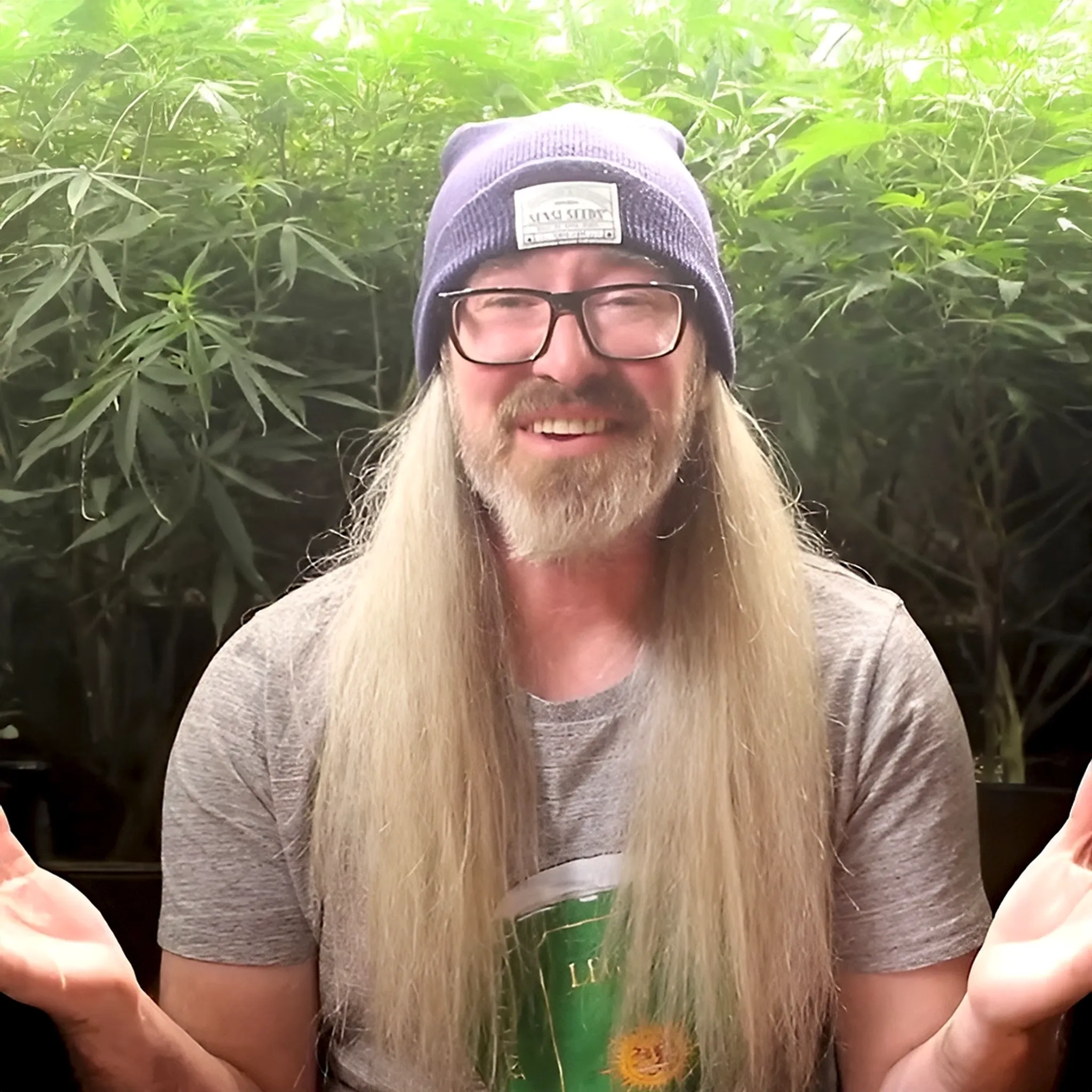
Chad Westport
Chad Westport, a lifelong grower, breeder & cannabis educator, specializes in controlled environment ag with a degree in sustainability.
Continue Reading
You might also find these interesting.


